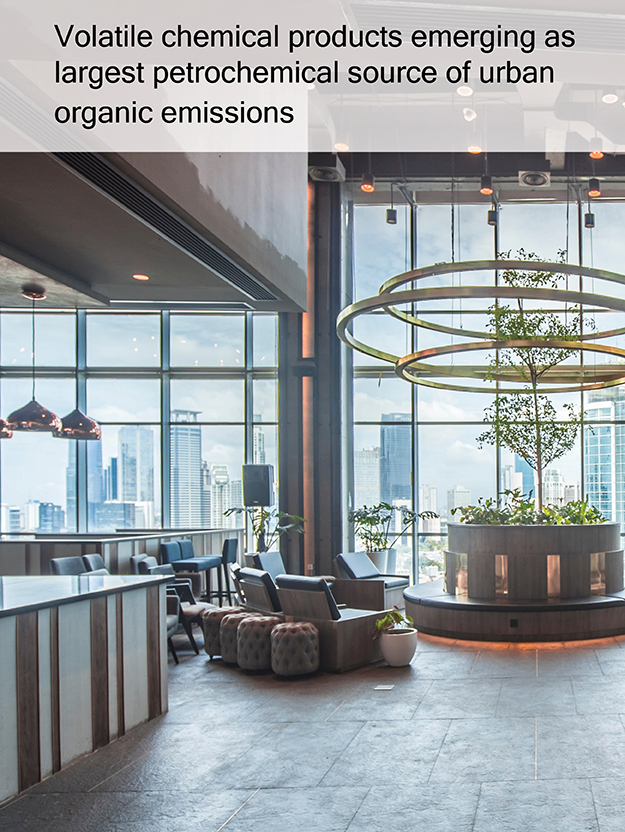VOCs and Volatile Chemical Products

A gap in emission inventories of urban volatile organic compound (VOC) sources, which contribute to regional ozone and aerosol burdens, has increased as transportation emissions in the United States and Europe have declined rapidly. A detailed mass balance demonstrates that the use of volatile chemical products (VCPs)—including pesticides, coatings, printing inks, adhesives, cleaning agents, and personal care products—now constitutes half of fossil fuel VOC emissions in industrialized cities. The high fraction of VCP emissions is consistent with observed urban outdoor and indoor air measurements. We show that human exposure to carbonaceous aerosols of fossil origin is transitioning away from transportation-related sources and toward VCPs. Existing U.S. regulations on VCPs emphasize mitigating ozone and air toxics, but they currently exempt many chemicals that lead to secondary organic aerosols.





